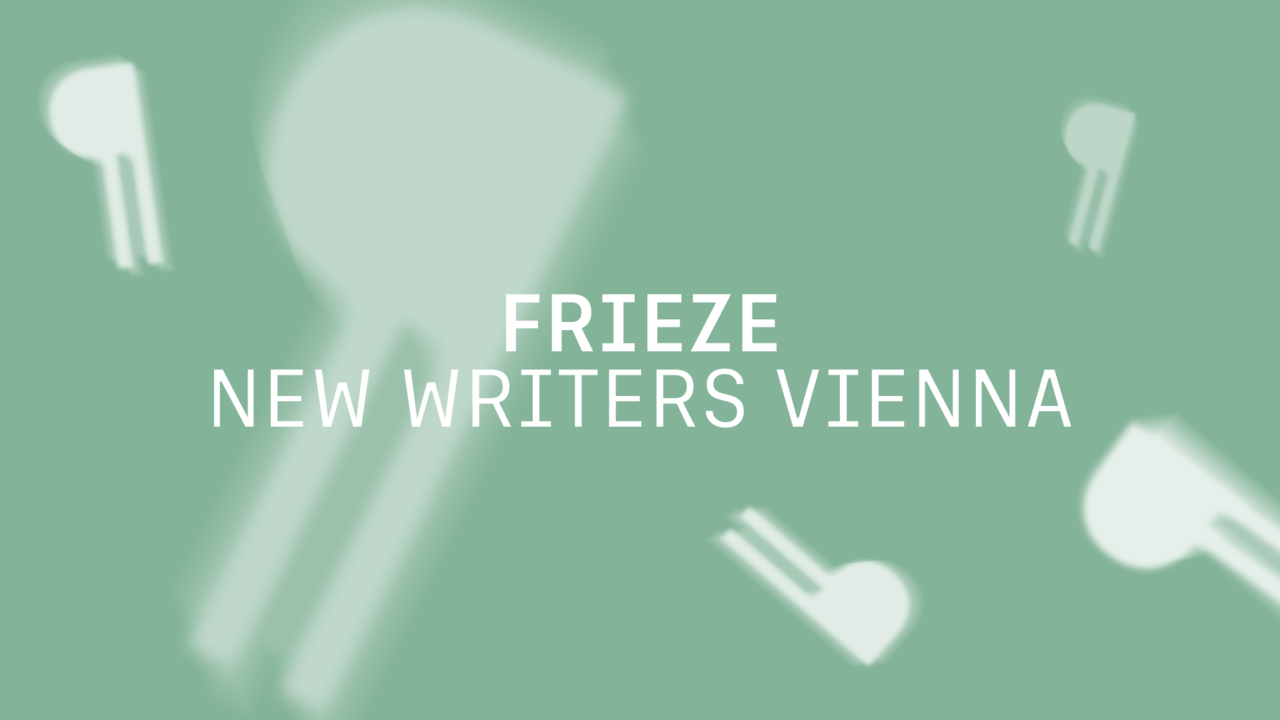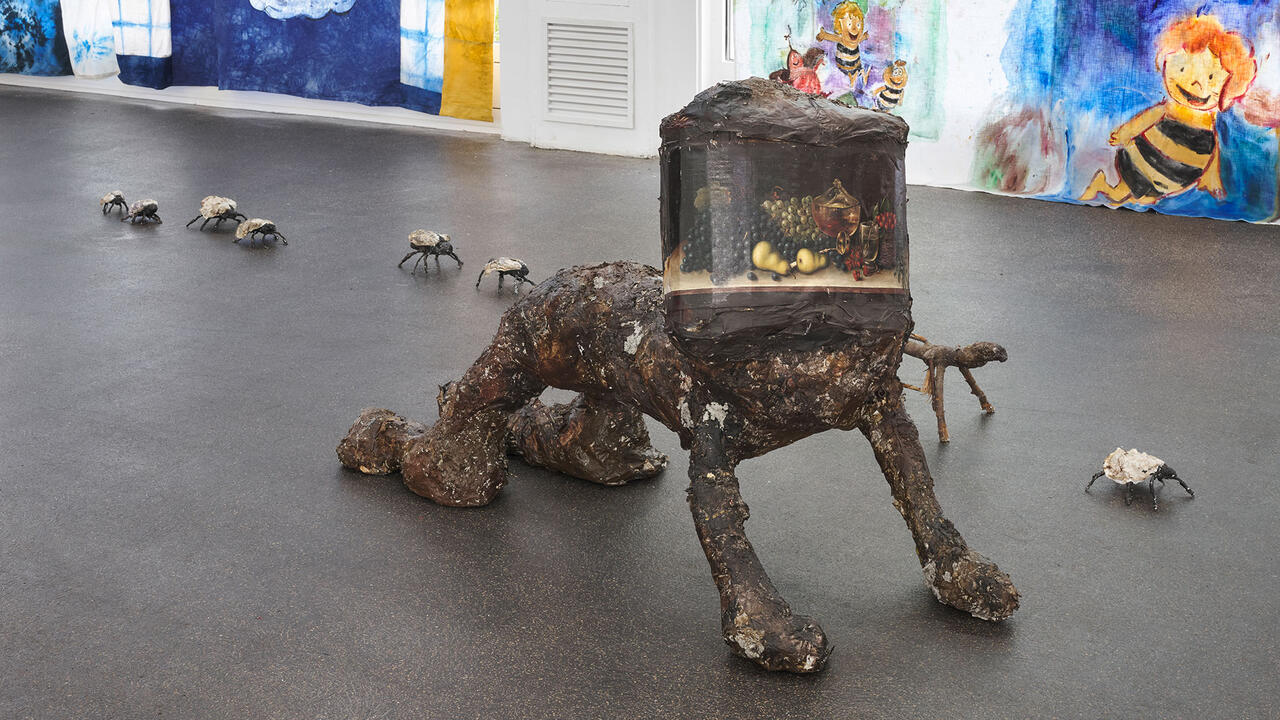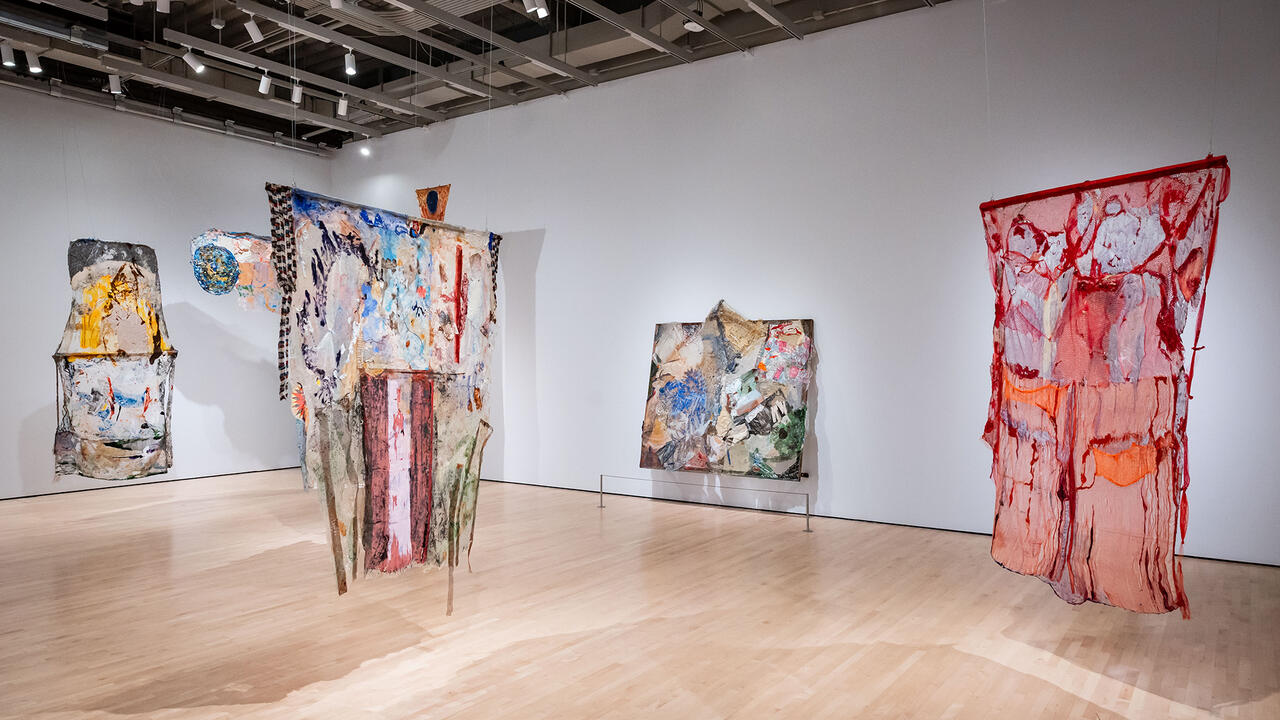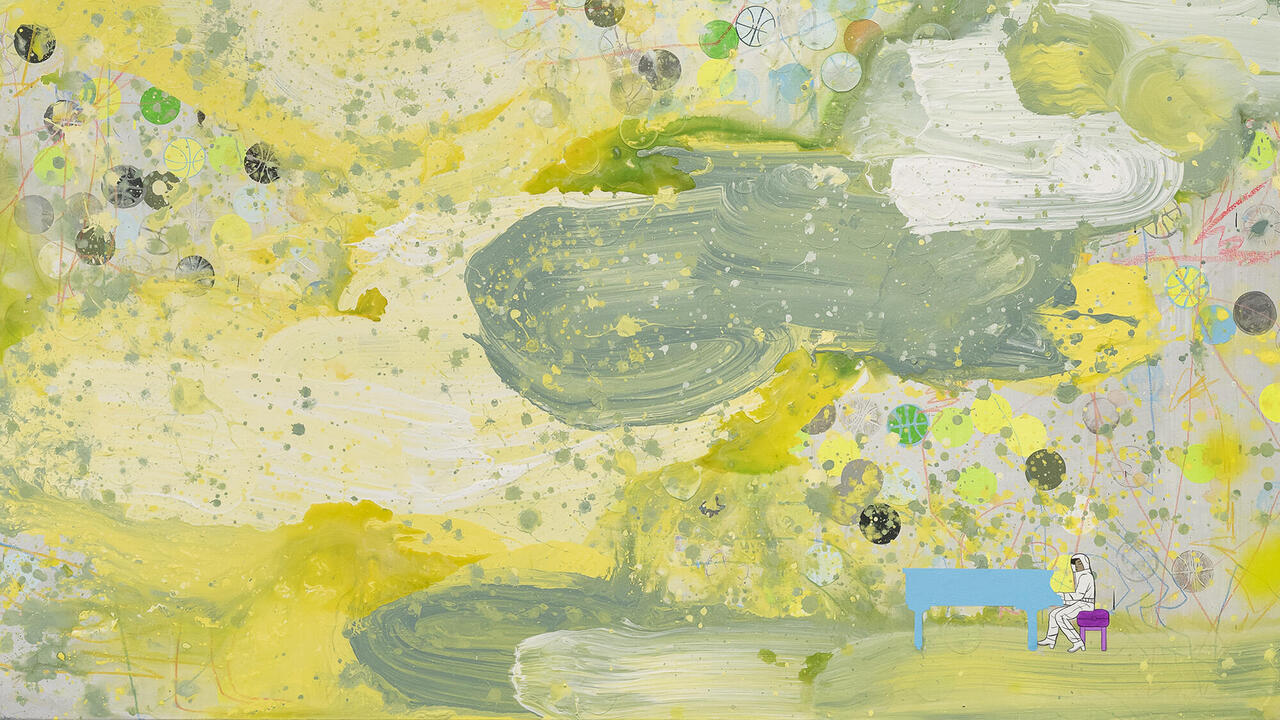Sculptor Vincent Fecteau’s Melancholy Toys
His ‘brutalist dollhouses’ invite viewers into the void ‘in the friendliest manner’
His ‘brutalist dollhouses’ invite viewers into the void ‘in the friendliest manner’

Vincent Fecteau lives in San Francisco, and this eponymous show – his first here in over 15 years – is something of a homecoming. Fecteau typically works in small series, and on the smaller side; none of these seven works – all untitled and from 2019 – are over 90 cm. For each, he made models in resin clay by hand, which were then scanned and enlarged into high-density foam armatures, which he covered and shaped with papier-mâché. They are accompanied by a suite of large-format photographs by the artist’s friend, Lutz Bacher, who died this past May. Over the years, Fecteau would send Bacher pictures of objects or situations that were ‘so Lutz’, some of which the artist converted into works herself. (The two friends planned to include these pieces in the show before Bacher passed.) Like Fecteau, Bacher was a shy, illusive artist. The images depict a little girl in a blue dress. First, I respond automatically, a little annoyed by the generic emptiness of family snapshots of an adorable child. Next the rug is pulled out from under me as I feel their illegibility and the loss of context. Is she falling or jumping? Are they tears or laughter? Finally, I see that she wears an expression of surprisingly comprehending dejection. Who would photograph a child on the verge of tears? – a question which only makes her sadness and isolation more real.

Fecteau’s seven sculptures invite thoughts of habitation. To the fantasy of which one I would like to own, I add which one would I like to inhabit. That is, in choosing what I like about them, I choose where I want to live. With the notion of habitation, the question of scale enters, a question amplified by the anonymity of the materials. These objects, like architecture maquettes, could scale as small as a shoebox or large as the 326m-high Salesforce Tower – San Francisco’s tallest building. Blocky rectangles support biomorphic forms, draped and bulging. Are they mock-ups for Middle Earth lodges? Some look like they have been turned inside out, jumbles of pipes and tubes on the exterior for example, stairs climbing down a sloping roof, interior levels visible through portals and rifts. They are stolid and fragile. Cubist jumbles? More like brutalist doll houses.

These untitled works are painted ambiguous colors: scraped and sanded blues, grays and tertiary violets, but a forlorn yellow holds the room together. It looks like Aztec Sand or some other bleak stucco pigment faded by the sun. Scraps are attached or screwed in, eye-bolts from the hardware store, wood scraps, bits of raffia and burlap. Fecteau tucked a bow of black burlap ribbon under a ledge, and he sometimes leaves the paper of the papier-mâché unpainted in nooks and crannies. I found myself arguing against the little twigs and fluff that seem to have blown haphazardly onto the stolid shapes, but then realized I was looking at an awkward perfection, a conversation between heaviness and weightlessness. I am reminded of the artist Jess’s description of his own work: ‘Contradictory perspectives.’
At any rate, Fecteau’s work often resists description and describing the interaction of volumes may be beside the point. Critics have long excused the difficulty of writing about these works by comparing him to everyone under the sun, even Vija Celmins, but he and Celmins describe their art-making in surprisingly similar ways. Fecteau might have said, but Celmins did say (in Surface, a 2018 video on the SFMOMA site), ‘Sometimes I think the only part that is of any value is the making itself … you’re making something that is basically unsayable.’ Two other artists who make sense to me are also makers of small sculptures, Ron Nagle and Kenneth Price: Nagle for his dreamy intimate matte and glossy composite sculptures, Price for his small monumentality and his invitation to consider the inner and outer spaces of sculpture.

Discussions about Fecteau’s work – the catalog for this exhibition, for example – often focus on the fact that they are abstract, and there is a certain anxiety about the nature of their abstraction. Jess called the abstract work of his time ‘Romantic landscapes’, and I think that makes sense for Fecteau, if you change landscape to environment. Jess assigns to abstraction the emotions one might feel entering a sublime landscape, minus the plot line. By Romantic, I think he means the irrational tradition in art – magic, intuition, obsession, feelings of awe and terror. Fecteau invites me into the void, in the friendliest manner. But these sculptures don’t seem to be explorations of materiality – any more than a dollhouse is. I entertain the idea that Fecteau’s sculptures are the melancholy toys of the child in Bacher’s photographs. The washed-out blue of her dress seems to relate outward. Are they the homes for her sadness, or perhaps of her ghosts?
It seems to me that it’s difficult to describe – or justify – one’s enthusiasm for Fecteau’s art, because it falls into a special category of obsession. Instead of developing narratives and critical frames, it returns the viewer to questions of faith, like Josephine’s existential songs from Kafka’s 1924 short story, ‘Josephine the Singer, or the Mouse Folk’. Why make this mark, why organize the world into a series of impinging geometric and organic shapes? These sculptures are not exactly building a narrative, but they continually make the first decision; that is, the decision to exist at all.

Fecteau was the studio assistant of Nayland Blake in the early ’90s, when Blake lived in San Francisco. Blake exerted a profound influence on this city. Many of his works are environments constructed of found, glaringly purchased and humble materials. Fecteau’s art happens to be calmer, but the two artists share a sensibility – I would call it a feeling of vertigo before the act of creation, a feeling that substitutes for a kind of faith. Fecteau expresses this in his attitude and in the contradictory perspectives of his work. What is this question of faith? Belief exists, but it is belief without a subject. One might be tempted to say faith in art or truth, but I am not sure. More like the hard-won yet tentative belief that the sun will rise tomorrow. After all, if you make an environment, you believe that someone will inhabit it, even if that someone is a ghost. I am reminded of a Dylan Thomas passage from many years ago: ‘I read somewhere of a shepherd who, when asked why he made, from within fairy rings, ritual observances to the moon to protect his flocks, replied: “I’d be a damn’ fool if I didn’t!”’






















